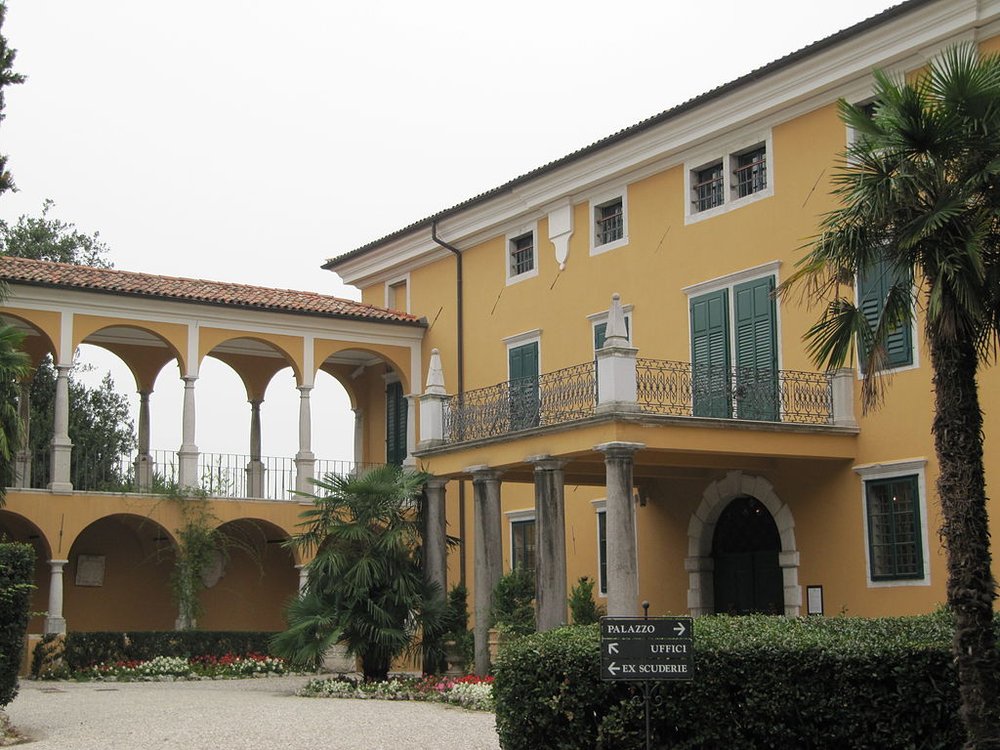

Built towards the end of the 16th century by Count Carlo Zengraf, the palazzo, called Graffenberg, passed a few years later to a branch of the Strassoldo family. In the next centuries were added: a chapel, a double arcade that links the chapel to the main building, the adjoining registry office, and shortly after, stables. In 1820 all the Graffenberg buidings were bought by Count Michele Coronini Cronberg who started further reconstruction works at the Palazzo included the building of a new wing overlooking the garden. Some years later, in 1836, it housed the French King in exile, Charles X of Bourbon, for a short time, though he soon died of cholera.
Count Alfredo in 1880 created an English style park around the palazzo. It was his grandson Guglielmo, the last descendant of the family, who set up the arrangement of the original spaces of a museum as he wanted the palazzo to be visited by the public. The current Foundation was created after his death in 1990.
Today Palazzo Coronini Cronberg is a historic residence open to the public that hosts exhibitions, conferences and other events. Through 15 rooms visitors can see precious furniture, as well everyday objects in use. This creates an atmosphere of living spaces where people really seem to live on. You can almost feel the old owners presence. Special attention goes to artworks of great importance, like two of the famous Franz Xaver Messerschmidt “character heads”--the only two preserved in Italy.
Si deve al conte Alfredo, a partire dal 1880 la sistemazione a parco di tipo inglese dell’area circostante il Palazzo, mentre fu suo nipote Guglielmo, ultimo discendente della famiglia, a studiare la sistemazione museale degli interni e a volere la destinazione del Palazzo alla pubblica fruizione, mediante l’istituzione di una Fondazione, nata dopo la sua morte nel 1990.